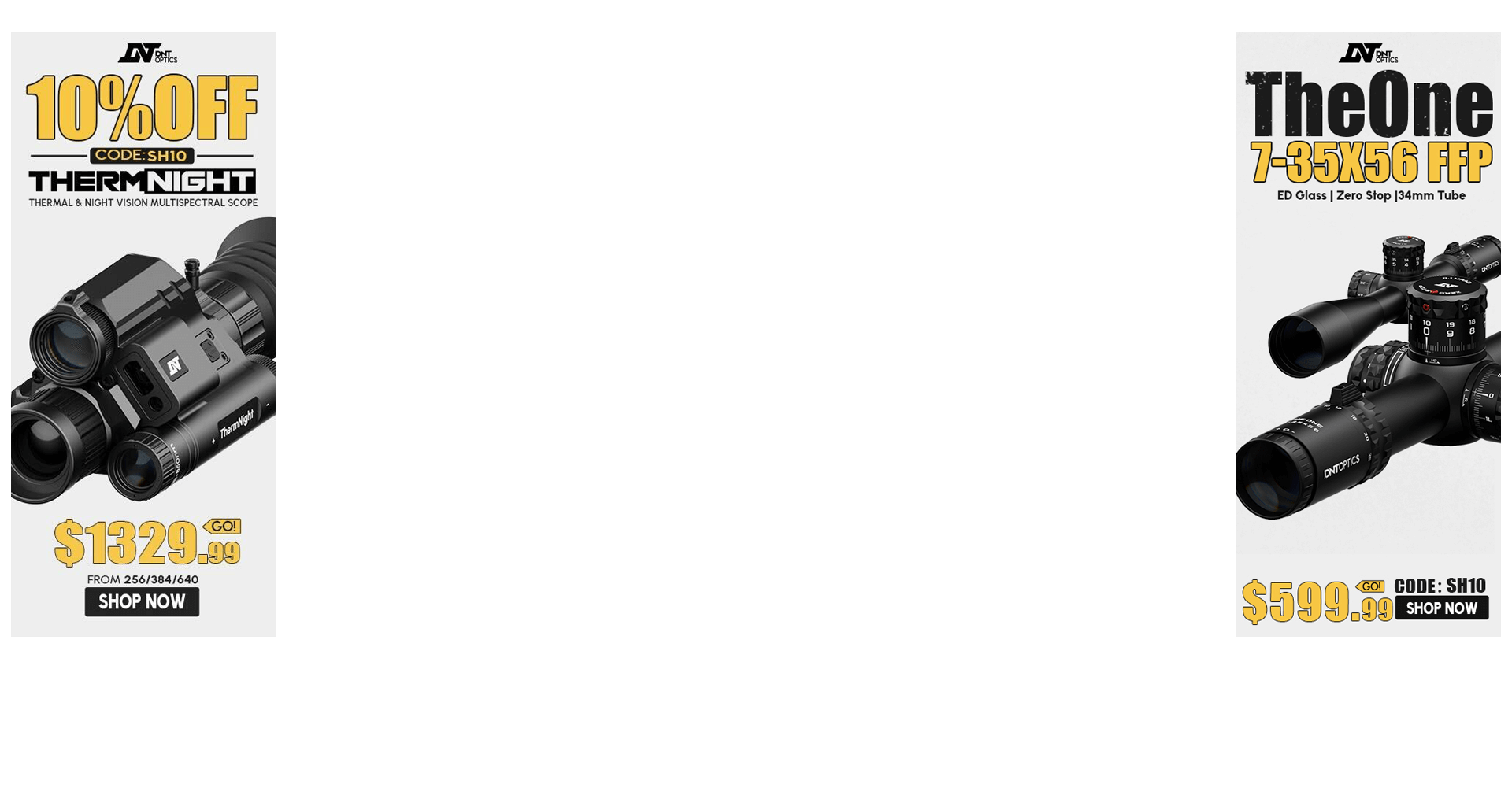It seems to me that lots of people say that bc's are higher in smaller calibers. Say bc's are higher in 7mm vs 300 for the belted magnums. Is this right thinking for the same basic design just scaled for the caliber? Doesn't make sense to me if it is.
Sent from my SM-G930T using Tapatalk
Sent from my SM-G930T using Tapatalk






